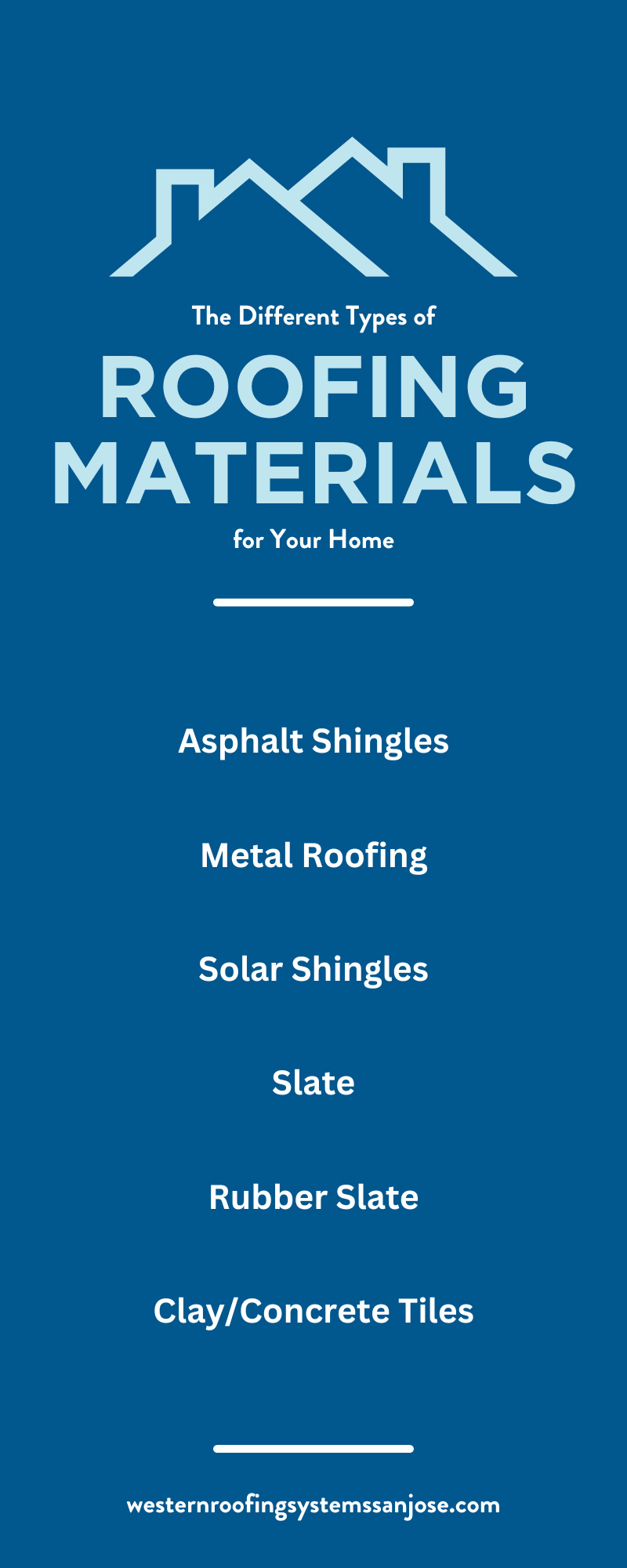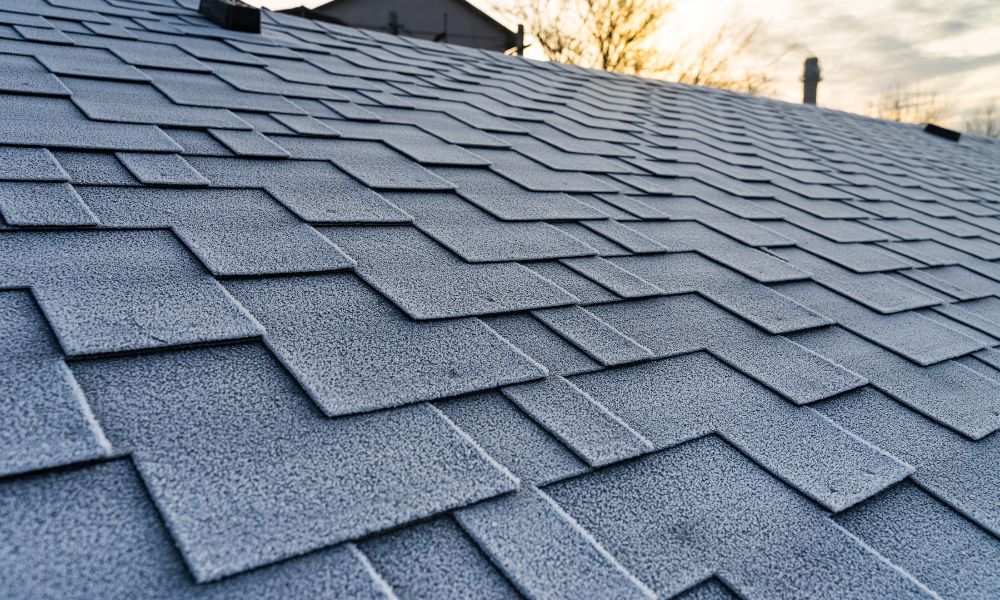No part of your home endures as much wear and tear as your roof, as it directly shields you from the elements like rain, snow, hail, sleet, and even the sun. To further prove that the roof is so important, you can find a wide selection of materials solely for roofing that supply various benefits and aesthetics for your home. Let’s explore the different types of roofing materials for your home.
Asphalt Shingles
Asphalt shingles are by far the most common roofing material. Effective in nearly all environmental conditions and climates, asphalt shingles are inexpensive and easy to install. The shingles can come in all sorts of colors and styles, allowing you to choose a traditional and simple design or something more extravagant and stylish to help your home become more unique than your neighbors.
Asphalt shingles are incredibly versatile – capable of getting shaped and formed as needed and accommodating all angles. This makes them a viable choice for any kind of home and has the advantage of not being susceptible to corrosion, such as rust, which is a common issue with metal materials. Apart from slope requirements, asphalt shingles are the most common because of how effective they are as a roofing material.
Metal Roofing
We can’t dismiss metal roofing, however. Available as vertical panels or shingles resembling slate, metal roofing is a long-lasting option with a lifespan typically of 50-70 years and is physically more durable than asphalt shingles. Metal excels at allowing heavy rain or snow to simply slip off its surface, and the material will be much more resistant to external damage than traditional shingles.
Homeowners prefer metal roofing when they want a lightweight and low-maintenance solution. When considering cost, the price of your roofing can vary depending on what kind of metal you want.
Stone-Coated Steel Roofing
This is metal roofing with a layer of stone granules. This provides you with the benefits of metal – namely its longevity, durability, and low maintenance – while also providing the traditional style and customization of traditional shingles. These interlocking tiles can mimic slate, clay, or shingles while resisting extreme weather conditions. Stone-coated steel roofing is often the most economical and effective choice for wet, windy areas or areas prone to wildfires.
Solar Shingles
Quickly gaining popularity amongst environmentally conscious homeowners, solar shingles are one of the most unique types of roofing materials for your home. Opposed to bulky solar panels, solar shingles seamlessly blend in with your roof’s traditional shingles and allow your home to collect the sun’s natural energy – making them especially helpful for those living in a community with a homeowner’s association that bans traditional solar panels.
Because solar technology is newer, the initial cost will be more expensive, but you’ll more than make back your investment when your electricity bill shrinks.
Slate
Slate roofing is beautiful and incredibly long-lasting – typically lasting around 100 years. Slate will not burn and is waterproof, meaning it’s also resistant to mold and fungus. For especially wet climates, this can be a fantastic benefit. Still, you should know that slate can be on the expensive side and is incredibly heavy compared to other materials. The slate tiles can also be relatively brittle – potentially cracking with enough force, such as if a large tree branch falls on your roof.
Rubber Slate
Rubber slate provides similar aesthetics to slate roofing, but it’s made from recycled rubber products like tires. Because these roofs utilize recycled materials, it’s a good way to make a positive environmental impact while still having an attractive and effective roof. The rubber is an effective insulator and is incredibly easy to repair or replace when necessary. The biggest downside of this material is that rubber slate is only expected to last 15-30 years before you need to replace it. Luckily, it’s nowhere near as expensive as actual slate, so replacements won’t be too much of a financial burden.
Clay/Concrete Tiles
Clay and concrete tiles are ideal for areas that experience natural disasters like tornados or earthquakes, as these tiles can endure both. However, clay and concrete can add a lot of weight to the roof, and your home may need extra support to bear the load. Overall, these tiles may be the most durable roofing material, and clay and concrete tiles are typically sculpted into very attractive designs, so don’t think you’re sacrificing aesthetic quality for pure practicality.
Green Roofs
Another unique and eco-friendly roofing option, green roofs cover the top of your home with plants. This has the benefits of improving your home’s air quality, reducing water runoff, and insulating your home to reduce urban heat island. Naturally, having a garden for a roof like this requires some special requirements to support it. Your home will need extra structural support to manage the weight, thermal insulation, a vapor barrier, waterproofing, drainage, water filtration, soil, compost, and seeds for the plants themselves.
While this may sound like a lot, in exchange, you will have a unique, gorgeous roof that reduces your home’s carbon footprint.
Conclusion
There are many different types of materials for you to consider and customize your home with – from the traditional to contemporary, to even innovative new ways to customize and improve the functionality of your home. With so much to consider, you may want to speak with and plan your roof alongside professionals. Western Roofing Systems is a roofing contractor in San Jose and will be happy to help you find the best roof for your needs here in sunny California. For elsewhere, however, we recommend finding a local roofing contractor who understands your area well. They’ll be able to recommend stylish and effective materials for the type of environment your home endures regularly.



Recent Comments